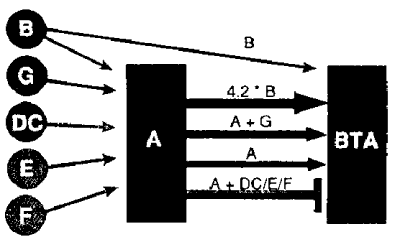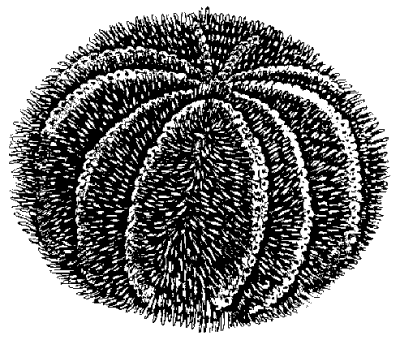 |
Science Frontiers ONLINE No. 117: May-June 1998 |
|
|
The Evolution Of Computers
So, you thought this item was going to be about advances in chips, modems, and related hardware? It's not about software either. It's about bioware.
The title of a recent article in Science began with: "Genomic Cis-Regulatory Logic." That's obscure enough to make you move on to the next article, particularly when you see that sea urchins are involved. But buried in all the technical jargon is a profound discovery: The genes of all living things, from sea urchins to humans, are in reality systems consisting of thousands of simple computational devices.
Very, very briefly, the regulatory regions for animal genes, are termed "promoters." Promoters typically consist of a few hundred to several thousand bases of DNA. In the work of Yuh et al, the article's authors, these promoters are seen to perform as logic circuits, just like those bits of silicon in your PC. These tiny, DNA-based biological logic circuits determine how genes are interpreted (each gene may be interpreted in several ways), and, in the end, how lifeforms develop from embryo to adult.
(Yuh, Chiou-Hwa, et al; "Genomic CisRegulatory Logic: Experimental and Computational Analysis of a Sea Urchin Gene," Science, 279:1896, 1998. Also: Wray, Gregory A.; "Promoter Logic," Science, 279:1871, 1998.)
Comment. Figuring out how your PC's hardware evolved is child's play compared to elucidating just how random mutation and natural selection evolved the thousands of different logic circuits switching on and off in your body as you read this. It's all due to entropy!
| The complexity of biological computers is seen in the logic circuits of a promoter for the gene Endo 16. (From: Science, 279:1871, 1998). | 
|
 | Computer-carrying sea urchin. Sharp in more ways than one! |